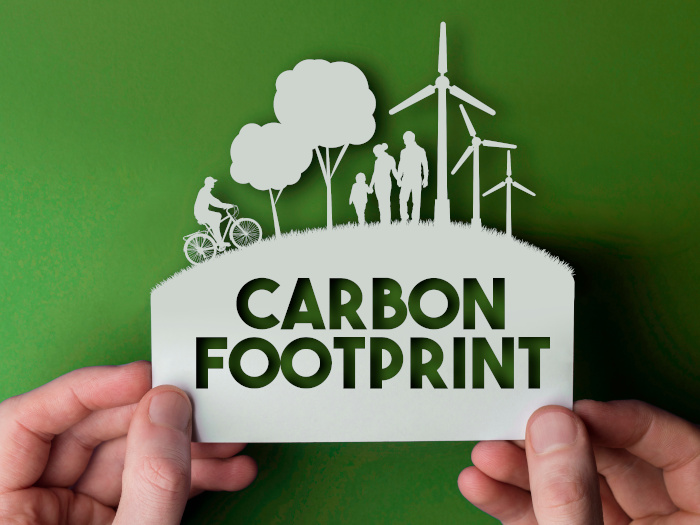Introduction:
In the ever-evolving landscape of blockchain technology, Web3 is ushering in a new era of innovation and integration. At the forefront of this movement, BeChained is pioneering a groundbreaking solution that seamlessly blends the worlds of Web2 and Web3, central finance and decentralized finance, and blockchain technology with the current economic system. Our mission is to empower businesses to reduce their carbon footprint and create an additional revenue stream while ensuring transparency, security, and direct market access.
Web3 and the Carbon Credit Industry:
The global push to reduce carbon emissions has led to the emergence of carbon credit systems in various jurisdictions. These systems require companies to either stay within emission limits or purchase carbon credits to offset their excess emissions. These carbon credits represent the capture of one ton of CO2 from the environment, typically through investments in renewable energy, reforestation, carbon capture technologies, and more.
Here is where BeChained steps in, utilizing the power of Web3 and Chainlink oracles to obtain verified data directly from our clients’ energy meters, enabling the certification of carbon offsets.
The Role of Chainlink Oracles:
Chainlink oracles play a pivotal role in our innovative approach. They provide verified off-chain data, ensuring trust-minimized compute infrastructure. By connecting directly to our clients’ energy meters, we accurately measure and record the carbon savings in real-time. This data serves as the foundation for tokenized carbon credits, enhancing the transparency and integrity of the carbon credit market.
Our Solution in Action:
BeChained’s decentralized application (Dapp) consists of two smart contracts: “APIConsumer.sol” and “CO2Token.sol.” The “APIConsumer.sol” contract makes API calls to our Cloud — Timeseries, fetching data directly from energy meters and processing it on the Polygon blockchain. The “CO2Token.sol” contract utilizes this data to mint ERC-20 tokens that represent energy savings. These tokens can be traded on our Decentralized Exchange (DEX), BechainedSwap, using the Metamask wallet.

Our blockchain architecture relies on several key components:
- Hardhat: A development environment for Ethereum, Hardhat allows us to compile, deploy, test, and debug smart contracts.
- Solidity: The programming language used for writing smart contracts on the Ethereum network.
- Ethers: A JavaScript library used for interaction with the Ethereum and Polygon blockchains.
- BechainedSwap (DEX): Our decentralized exchange that facilitates the trading of CO2 tokens.
- Polygon Layer 2: A scalable solution for the Ethereum network that provides faster and cheaper transactions.
- NextJS: An open-source web development framework used for creating full-stack web applications.
- Chainlink Oracle: A decentralized service that provides access to off-chain data, such as external API calls.
Advantages of Using Polygon L2:
Polygon L2 offers several advantages for our Dapp (Decentralized Application). Firstly, the significantly lower transaction costs on Polygon reduce the financial burden on our users, making it more accessible and affordable. Secondly, Polygon L2 is carbon-neutral, ensuring that our operations have a minimal environmental impact. This achievement is a result of carbon offset initiatives, making it an ideal choice for our environmentally conscious solution.
Conclusion:
BeChained is at the forefront of a paradigm shift in the carbon credit industry, offering a holistic solution that merges traditional financial systems with blockchain technology. By leveraging Chainlink oracles and the efficiency of the Polygon L2 network, we are poised to make a significant impact on carbon emissions reduction, offering businesses a new revenue stream while driving sustainability and transparency.
The next step will be to develop it with a unique technology stack, like that from Vechain.
For more information about Polygon’s carbon-negative initiatives, you can read their Green Manifesto here.
Learn more about BeChained and our journey to a greener, blockchain-powered future at bechained.com





